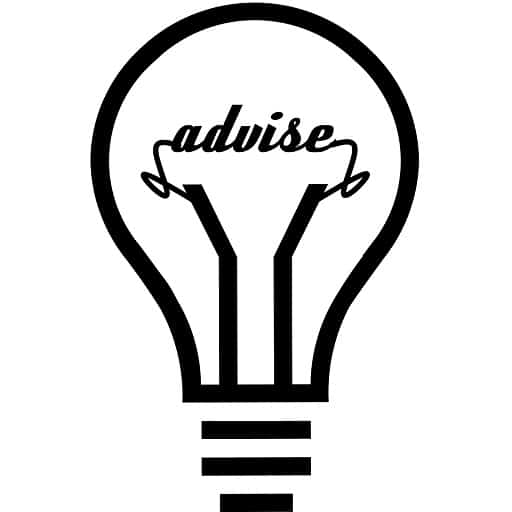Dimmer switches have long been treasured fixtures in many homes, offering the flexibility to create a more personalized ambiance and reduce energy consumption. While their origin traces back to being tailored for incandescent lights, with the ever-evolving lighting technology, the question arises: can they be adapted for fluorescent lights, and if so, how?
This article delves deep into the nuances of installing a dimmer switch for fluorescent lights, demystifying the intricacies that come with the modern lighting landscape.
Can You Put A Dimmer Switch On Fluorescent Lights?
Yes, you can put a dimmer switch on fluorescent lights, but it requires specific equipment and considerations. Unlike traditional incandescent bulbs, fluorescent lights work by passing a current through a gas inside the bulb, managed by a device called a ballast. This ballast interferes with a standard dimmer switch’s operation, leading to potential flickering or non-operation of the bulb.
How Fluorescent Lights are different from other lights?
Before jumping into the installation process, it’s crucial to appreciate the fundamental differences in lighting technologies:
- Incandescent Lights: These are traditional bulbs that generate light using a heated filament.
- LEDs: They produce light through a semiconductor.
- Fluorescent & CFLs: These lights illuminate by passing a current through a gas sealed within the bulb, managed by a device known as a ballast.
Given these distinct mechanisms, fluorescent lights, in particular, present some challenges when trying to integrate a dimmer switch.
How does the Ballast make it difficult to Install a Dimmer Switch for Fluorescent Lights?
The ballast’s primary function is to regulate the current, ensuring the bulb lights up without getting overwhelmed. However, this regulatory mechanism interferes with a standard dimmer switch’s operation, which adjusts brightness by rapidly flipping the current on and off. If used together without proper compatibility, you might encounter flickering or the bulb might not work at all.
But all hope isn’t lost. With the right tools and knowledge, dimming fluorescent lights is achievable.
What You’ll Need to Install a Dimmer Switch for Fluorescent Lights?
- A Specialized Dimmer: Not all dimmers are the same. For fluorescent lights, you’ll need a dimmer specifically designed for them.
- A Dimmable Ballast: This is crucial for regulating the current. There are integrated CFLs where the ballast is built into the bulb. For others, you’ll need a separate dimmable ballast.
Brands like Lutron offer both dimmable ballasts and compatible dimmer switches, making it a reliable choice for those looking for a seamless integration.
How to Install a Dimmer Switch for Fluorescent Lights: Steps
- Safety First: Before attempting any electrical work, ensure the power is switched off. This might seem rudimentary, but safety always takes precedence.
- Identify the Wiring: Locate the live black wire on the dimmer. This wire will need to be connected to the live wire in the wall, which draws current from the circuit breaker.
- Connect the Load Wire: The red load wire from the dimmer should be connected to the load wire in the wall. This load wire will then be connected to the ballast, which in turn is wired to the fluorescent lights.
- The Ballast Connection: If you’re working with non-integrated CFLs, ensure you’ve replaced the regular ballast with a dimmable ballast. If using integrated CFLs, the process is simpler. Just swap out the regular bulbs for dimmable integrated CFL bulbs.
- Finalize the Setup: Once everything is wired correctly, power on the circuit. Test the dimmer switch to ensure it works without any flickering.
In Conclusion
While fluorescent lights come with their unique set of challenges for dimming, they are not insurmountable. By equipping yourself with the right tools and knowledge, you can effortlessly adjust the ambiance of your space without compromising on the quality of light.
Remember, if ever in doubt, don’t hesitate to consult or hire a professional electrician. It’s always better to be safe, ensuring your lighting not only looks good but also functions optimally.

